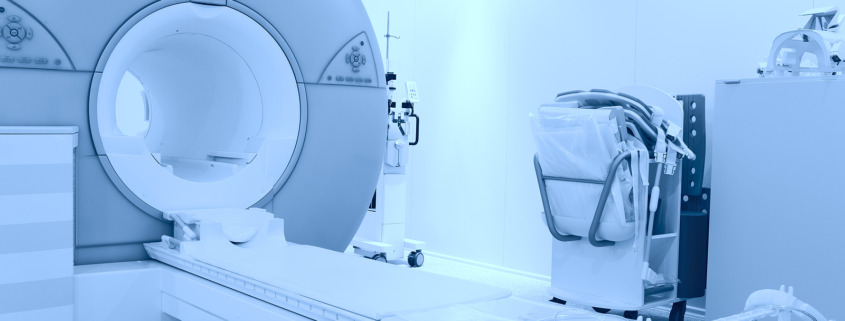Why Is Radiation Therapy Effective At Destroying Cancer?
Many people who are diagnosed with cancer will receive some or all of their treatment at a radiotherapy centre, and that is an effective illustration of its versatility and effectiveness as an intervention.
This is particularly true for early-stage cancer, where a short course of radiotherapy might be the only treatment required to destroy cancer, turning what can be a rather alarming diagnosis into something that can be treated through a few weeks of targeted radiation therapy.
Treatments such as the Gamma Knife are particularly effective, to the point that they are known as radiosurgery due to the level of precision involved, something vital when treating growths, lesions and cancerous masses in the brain.
Radiation therapy is often used at all stages of cancer treatment, and often as an adjunct to other treatments such as chemotherapy and even surgery, to ensure that every cancer cell that can possibly be removed safely has been.
There are a lot of reasons why radiotherapy works to destroy cells, but there is a core principle that leads to it being so widely used for cancer specifically, and why something can both hurt and heal depending on application.
Targeted Destruction
Radiation at sufficient doses breaks down cells by damaging them at the DNA level. This either destroys a cell entirely or forces the cell to repair itself, which can sometimes go wrong.
Cancer is the mutation of certain cells that causes them to rapidly divide in a way that upsets the balance of normal healthy cells around them. This is what causes growths and tumours to develop.
There are a lot of external factors that can cause this kind of DNA damage, some of which occur naturally, some are the result of genetics, whilst others are the result of lifestyle choices or environmental factors, such as smoking and inhaling the many carcinogenic chemicals found in tobacco.
Radiation can also cause this DNA damage, which can lead to a mutation in cells, and this mutation can sometimes be cancerous and cause rapid cell division.
However, one unusual aspect of cancerous cells is that the very mutations that cause them to divide and turn into tumours also make them more vulnerable than surrounding healthy cells.
Targeted focus
Cancer cells divide but they are less effective at repairing due to having a much more chaotic and looser cell structure than healthy tissue, and that means that the same dose of radiation will have a greater and more damaging effect on cancerous tissue than healthy tissue.
As well as this, the targeted focus of radiotherapy beams means that the highest dose of radiation is aimed at the tumour or growth itself, with healthy tissue next to the cancer being less affected.
Radiation can destroy healthy cells as well, which is why radiotherapy treatments are carefully planned to minimise the damage to healthy tissue and help to ensure as short a recovery from a course of radiation as possible.
The radiotherapy treatment damages DNA, but whilst healthy cells can often repair themselves, the cancerous ones cannot do the same, so once the DNA break happens, the mass can no longer keep growing and dividing, leading to it eventually breaking down and dying.
This is the case when the dose of radiation is sufficient on its own to destroy the cancer, but it can be used in conjunction with other treatments to maximise its effects.
Joined-up approach
It is often used in conjunction with chemotherapy, a whole-body cancer treatment that stops cells from reproducing, either in combination or with one helping to maximise the effects of the other, depending on the specifics of the cancer treatment.
It is also often used in conjunction with surgery, either before surgery to shrink a tumour and make it easier and safer to remove, or afterwards in order to kill any remaining cancer cell remaining after treatment.
There are also multiple ways to use radiation depending on where the tumour is in the body; tumours in relatively practicable places can be treated using stereotactic radiosurgery, which helps to minimise the effect of radiation on healthy tissue further.
These types of treatments work by using multiple low-dose beams of radiation that focus on a specific point in the body and provide a much higher dose of radiation, allowing for the destruction of a tumour without damaging any of the cells around it.
This was the principle behind Gamma Knife, aided by an already existing atlas of the brain and the fact that, unlike other organs which can move and change shape in the body, the brain remains relatively static in the skull.


